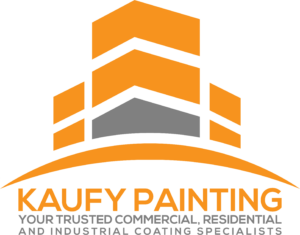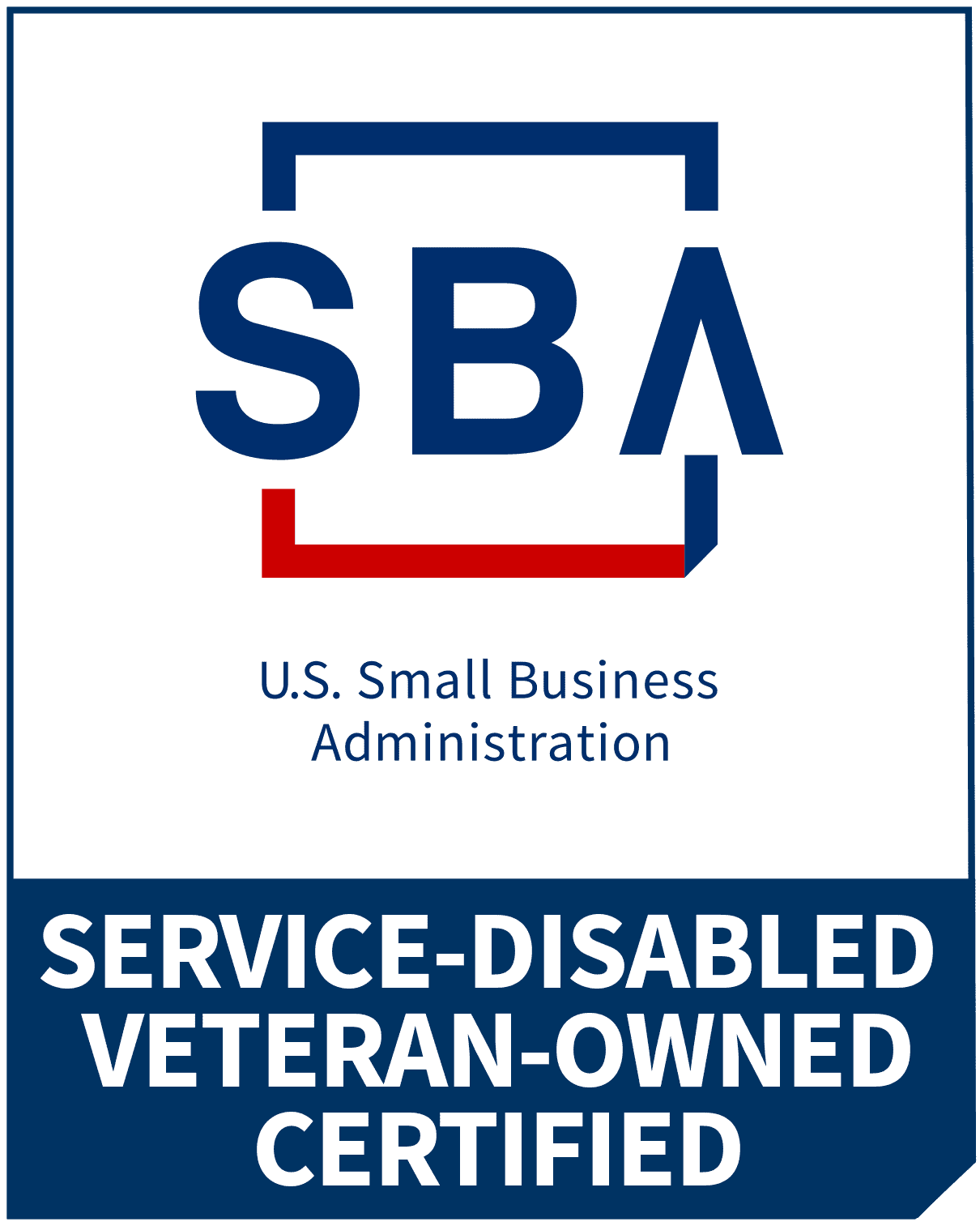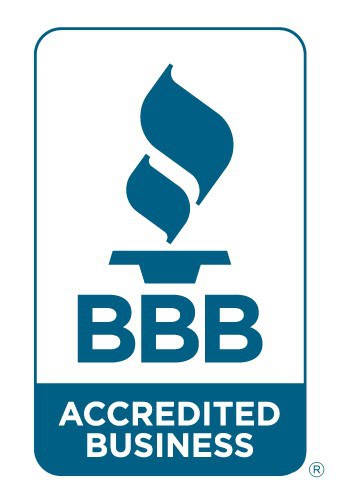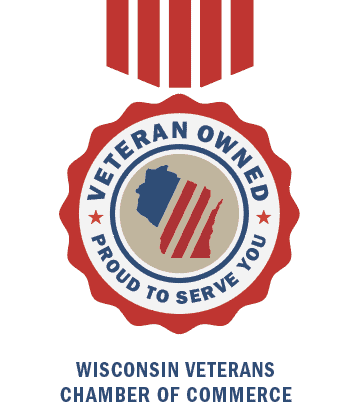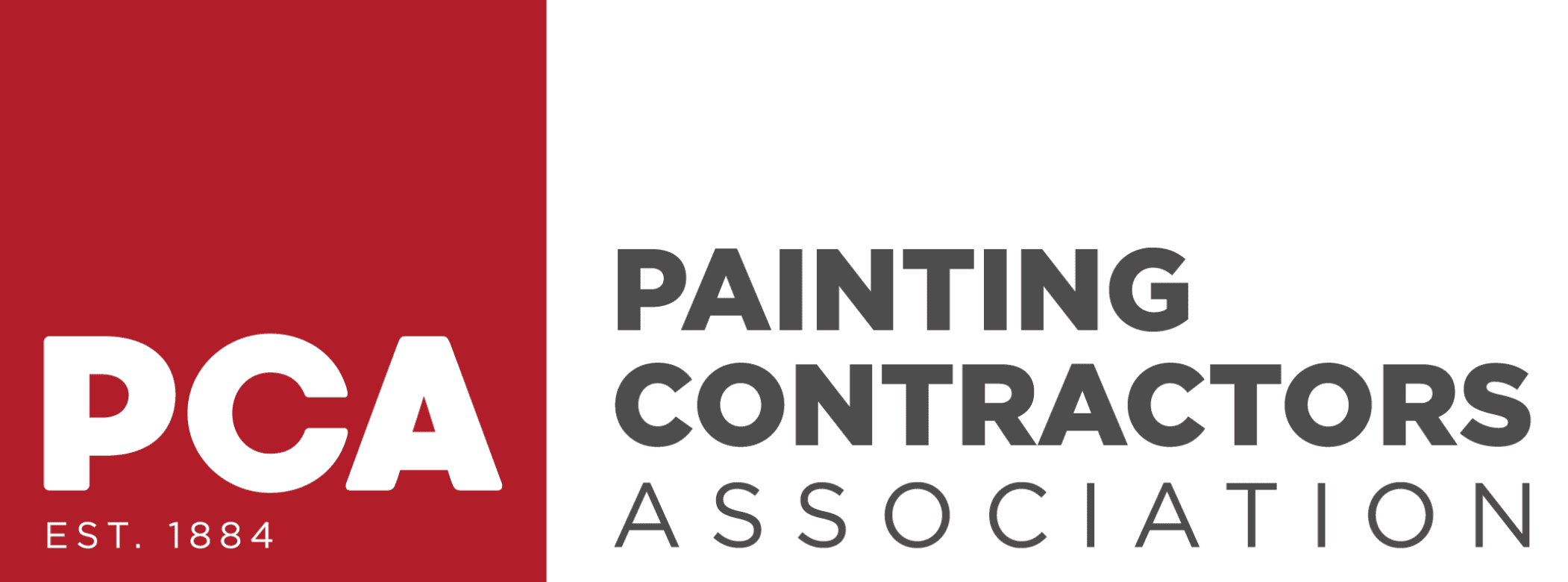When you think of office improvements, paint might not be the first thing that comes to mind. But color and finish play a powerful role in how your business is perceived—by both your clients and your employees. The right paint can elevate your brand presence, enhance employee satisfaction, and even protect your investment by making spaces more durable and easier to maintain.
Specialty paint finishes are often overlooked, dismissed as an “extra” or “aesthetic luxury.” But the truth? They’re engineered for function as much as for form. Whether you’re dealing with heavy foot traffic, strict hygiene protocols, or the need for collaborative creativity, there’s a specialty coating that solves a specific problem.
In this guide, we’ll break down exactly what specialty finishes are, where they’re most useful, how they stack up against standard paints, and why their long-term value far outweighs the initial cost.
What Are Specialty Paint Finishes?
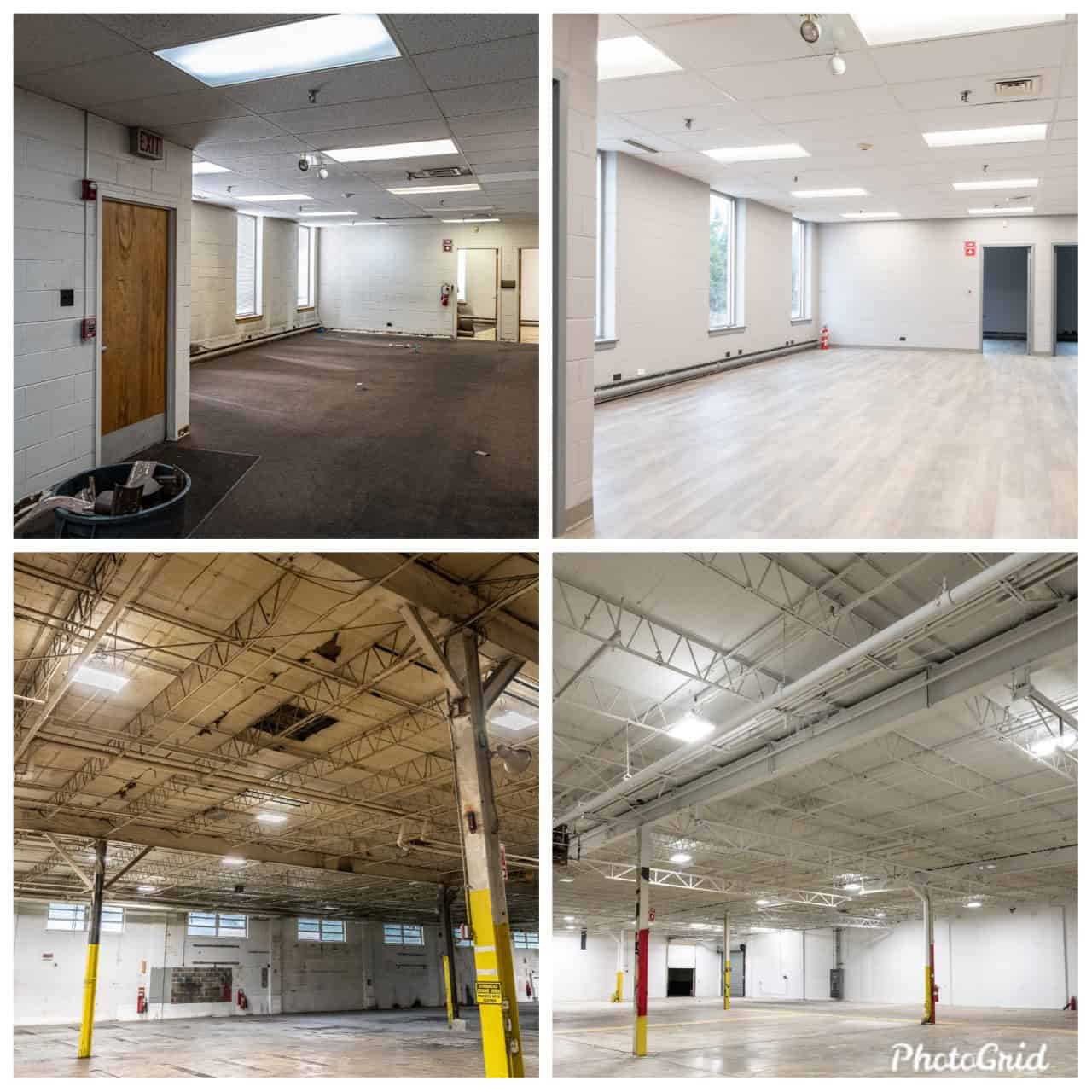
Specialty paint finishes are coatings developed for performance, durability, and problem-solving—beyond what standard finishes like flat, eggshell, or satin can offer. These are not your basic, one-size-fits-all products. They’re tailored for environments where wear, hygiene, or design complexity is part of daily life.
Unlike traditional paints, which prioritize coverage and color, specialty paint finishes are engineered to resist scuffing, repel stains, inhibit microbes, absorb sound, and in some cases, withstand fire or static. These finishes are commonly used in healthcare, education, hospitality, and increasingly, in modern office spaces.
In essence, while regular paint might provide visual appeal, specialty coatings provide purpose-driven solutions alongside aesthetics.
Common Types of Specialty Paint Finishes Used in Offices
-
Scuff-Resistant Coatings: Ideal for hallways, waiting areas, and conference rooms where chairs, bags, and foot traffic put walls to the test.
-
Washable/Scrubbable Paints: Designed for break rooms and restrooms, these can be cleaned repeatedly without wearing down.
-
Dry-Erase & Chalkboard Paints: Transform entire walls into collaborative surfaces in meeting rooms or brainstorming zones.
-
Antimicrobial Coatings: Crucial for shared desks, wellness rooms, and healthcare-related offices. These inhibit bacterial growth on painted surfaces.
-
Acoustic/Absorbent Coatings: Helpful in call centers or open-plan offices to dampen noise and improve concentration.
-
Decorative/Texture Finishes: Including Venetian plaster, metallics, and faux-concrete—these can reinforce brand identity and set the tone in lobbies or executive suites.
-
Fire-Resistant Paints: Often required by code in server rooms or exit corridors, these coatings can buy precious time during an emergency.
How Specialty Paint Finishes Outperform Standard Paint
Durability & Longevity
Standard office paint may begin to show wear after just 2–3 years in busy areas. Specialty coatings, in contrast, often last 5–7 years—or more—without needing touch-ups. That extra lifespan means fewer disruptions and lower costs in the long term.
Durability is especially important in high-traffic spaces. Scuff-resistant and high-performance matte paints reduce chipping and marks that make walls look prematurely worn.
Maintenance & Cleaning
One of the biggest ongoing costs in commercial spaces is janitorial labor. Specialty coatings significantly reduce that burden. Scrubbable paints, for example, can handle weekly (or daily) cleaning without degrading, whereas standard flat finishes start to fade, smudge, or flake.
Maintenance Comparison Table:
| Feature | Standard Paint | Specialty Paint Finish |
|---|---|---|
| Scrubbability | Low to Moderate | High (especially enamel or acrylic) |
| Stain Resistance | Low | High |
| Touch-up Frequency | Every 2–3 years | Every 5–7 years |
| Janitorial Compatibility | Mild cleaning only | Aggressive cleaning allowed |
Professional Aesthetic & Branding
Your walls are part of your branding. Subtle texture, refined finishes, and even interactive surfaces like dry-erase paint all contribute to a space that feels purposeful. A high-gloss reception wall, a branded color accent, or even a sound-absorbing mural—all of these choices send a message.
Dry-erase coatings on office walls can also foster a collaborative culture, encouraging spontaneous ideas and ongoing innovation.
Compliance & Health
Many specialty paint finishes are available in low-VOC (volatile organic compound) formulas, helping your office meet indoor air quality goals or LEED certification standards. For medical, dental, and even fitness-related offices, antimicrobial paints provide an extra layer of surface hygiene—a key concern in post-pandemic workplace design.
Where Specialty Paint Finishes Make the Most Impact in an Office

High-Traffic Areas
Corridors, shared desks, copy rooms—all these spaces endure constant contact. Specialty matte or satin finishes with scuff protection can dramatically extend their visual appeal.
Client-Facing Spaces
Reception areas, conference rooms, and executive suites benefit most from visual upgrades. Metallic finishes or polished plasters can evoke luxury and competence, making the right first impression.
Restrooms and Break Rooms
These areas experience humidity, spills, and grime—daily. Using scrubbable, mold-resistant paint makes cleaning easier and protects drywall from moisture damage.
Key Finishes for Shared Utility Areas:
| Area | Recommended Finish |
|---|---|
| Restrooms | Mold-resistant, scrubbable |
| Kitchenettes/Breakrooms | Grease-resistant enamel |
| Locker Rooms | Mildew-resistant, high-durability enamel |
Open-Concept Workspaces
Writable surfaces and acoustic paints shine here. These finishes allow for spontaneous collaboration while helping with noise control—a common problem in modern layouts.
Specialized Rooms
-
Server Rooms: Use anti-static or fire-resistant coatings.
-
Phone Booths or Private Pods: Apply sound-absorbing paint to help reduce echo.
-
Creative Rooms: Go for chalkboard or dry-erase paint to support ideation.
Cost vs. Value—Why the ROI Makes Sense
Upfront Cost Comparison
Yes, specialty coatings cost more—typically 15% to 40% more per gallon. They often require specific primers or more coats, meaning labor costs may increase slightly as well.
Long-Term Savings
But consider this: if a $70/gallon finish extends your repaint cycle from 3 years to 7, you’re actually saving money in the long run. Fewer repaints mean less labor, fewer disruptions, and reduced material waste.
Indirect Business Benefits
-
Clients take note of professional spaces—they equate them with quality service.
-
Employees report higher morale when they feel their environment is clean and thoughtfully designed.
-
Better air quality and cleaner walls can reduce sick days.
How to Choose the Right Specialty Paint Finish for Your Office
Assessing Your Office’s Needs
Start by walking through your space and noting usage patterns:
-
Are there walls with frequent scuff marks?
-
Do breakroom walls look grimy?
-
Are noise levels a constant complaint?
Evaluate airflow, humidity levels, and how often each room is cleaned.
Consult a Professional Painter or Designer
An experienced commercial painter will assess your building conditions and make brand-specific recommendations.
Ask for:
-
Product samples
-
On-site test patches
-
Brand comparisons (Sherwin-Williams, Benjamin Moore, PPG)
Consider Building Codes & Certifications
-
If your business is pursuing LEED certification, you’ll want low-VOC finishes.
-
Fire-resistant coatings may be required in egress routes or utility areas by your local building code.
Understand Surface Prep Requirements
Some specialty paint finishes require unique primers or longer dry times. Your contractor should build this into the project timeline and budget.
Common Concerns from Business Owners—Answered
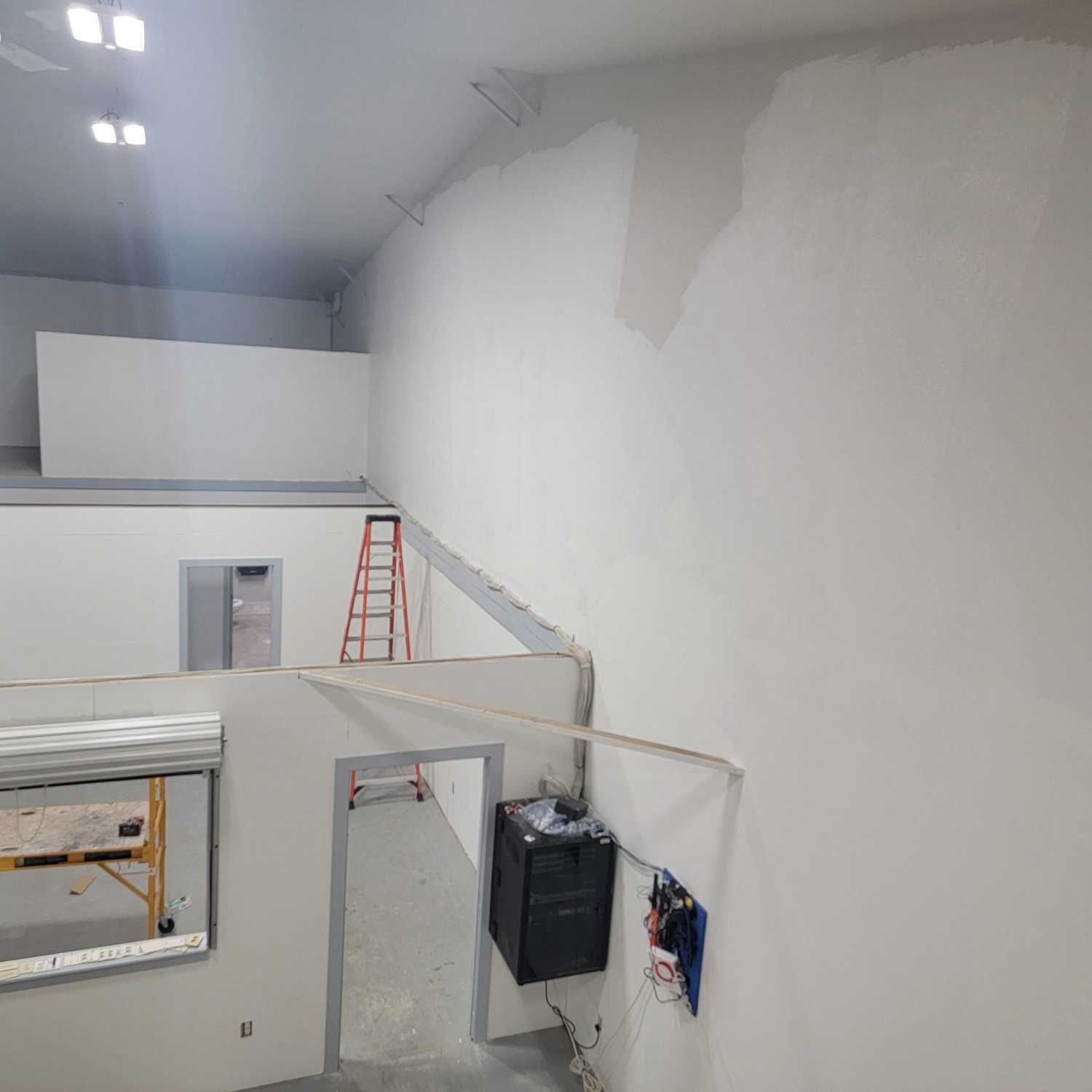
“Will it disrupt office operations?”
Most commercial painting contractors offer weekend or evening services. And many specialty paints now come in low-odor, quick-dry formulas.
“Isn’t this just a cosmetic upgrade?”
Definitely not. A scuff-resistant finish, for example, can delay your next repaint by years. That’s money in your pocket and time your team doesn’t have to spend dodging ladders.
“What if it doesn’t match our brand?”
Specialty paint finishes are available in thousands of colors. Many even offer custom color matching or digital previews. Texture and function do not have to limit visual appeal.
“How do we know it’s worth it?”
Look at results like:
-
Longer-lasting paint
-
Lower janitorial spend
-
Fewer complaints about office noise or mess
-
Better first impressions with clients
Conclusion
Investing in specialty paint finishes isn’t just about making your office look better—it’s about creating a space that works harder, lasts longer, and feels more professional. From improving hygiene to cutting maintenance costs to boosting employee engagement, the benefits are both visible and tangible.
Specialty coatings are a smart choice for business owners who want their space to reflect the values they bring to their work: professionalism, longevity, and care.
Ready to give your office walls the durability and style they deserve?
Contact us today for a free consultation or specialty paint finish demo tailored to your space.
